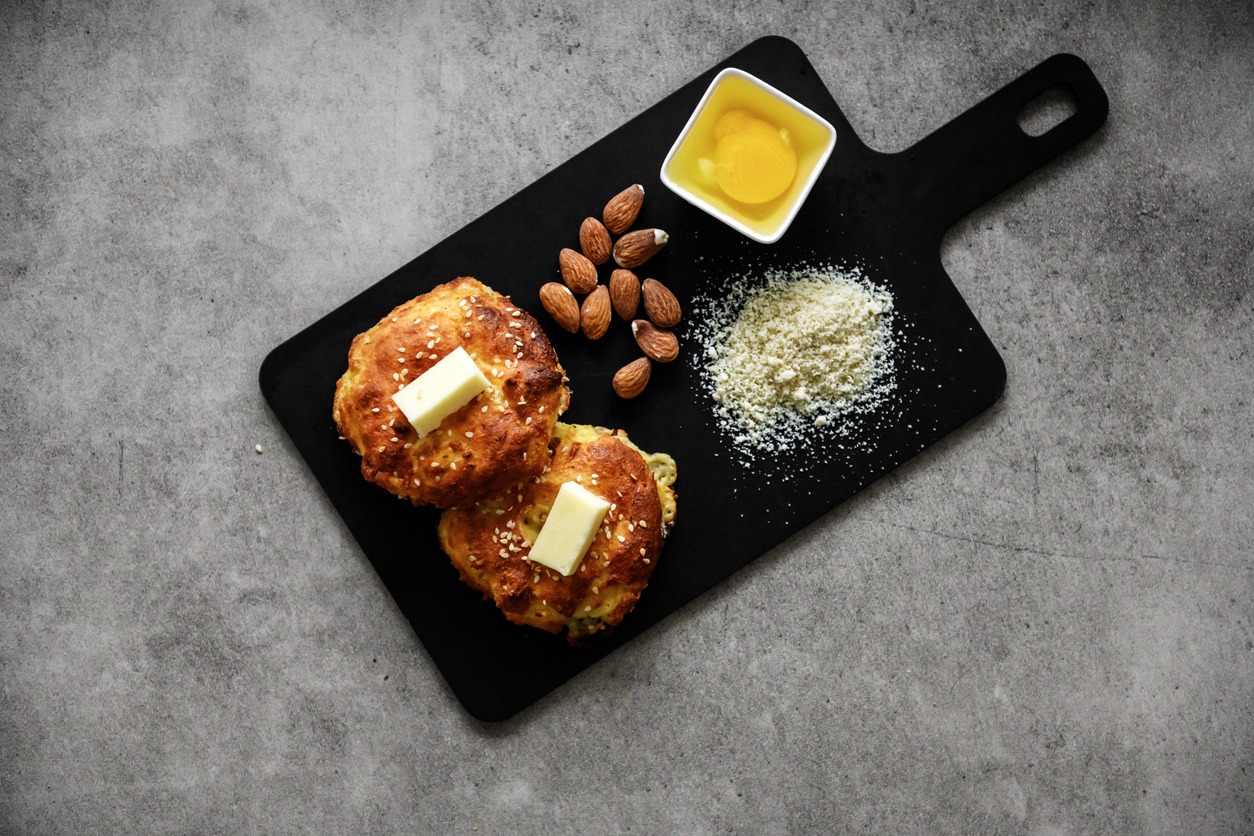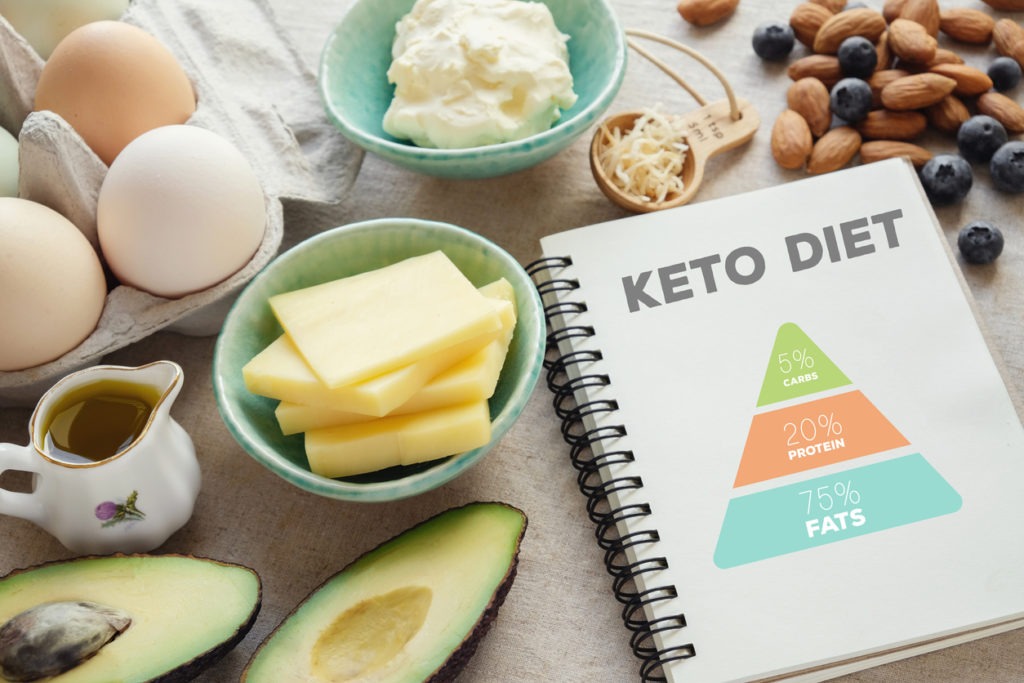Alright, so what the hell is Keto?
You’re probably heard about it many times before. Your gym buddies have mentioned it, hardcore athletes live by it, and a few documentaries have made their way around about the effects of Keto, or in its full-length term, the ketogenic diet.
So what’s the fuss about? Are people really crazy about Keto? And does it give you the results you want (aka, getting shredded as a cheese grater)?
This guide to everything Keto is going to answer all your questions.
The Breakdown of the Keto Diet
The paleo diet is about eating food like our ancestors. The vegan diet is purely non-animal related food. Vegetarians speak for themselves. But Keto is the complete opposite of all other options. It’s a high fat, moderate protein and low carb diet. Why the name Keto? It comes from the ketones that your body produces during this eating period. We’ll break this down for you.
People who eat carbs produce an energy bounce in their body thanks to the carbs’ glucose sugars breaking down. Therefore, any fats consumed – be it good or bad – are not needed for energy and instead are stored in the body, producing increased body fat. But by removing the carbs from the diet, you take away your body’s energy source, putting your body in the “ketosis” stage.
During this period, your body is looking for energy to burn, so it turns to the fat on your body and your food. As an alternative food source, it helps your liver produce ketones from the fat, resulting in more energy for your body.
That, in a nutshell, is how the keto diet works.
What You Can Eat on Keto
To truly maximize the ketosis in your body, you have to eliminate carbs from your diet. Which, to say the least, can be difficult. This is because even essential vegetables contain natural carbs, which might impact your body’s energy levels. You’ll have to switch your diet over pretty dramatically (although it’s best to do it slow and steady) in order to maximize your Keto experience.
The basic diet includes animal fats found in meats, eggs, fish and dairy, as well as avocado and coconut oils while avoiding carbs such as bread, pasta, rice, starchy vegetables or fruit. The same applies to drinks with black coffee or herbal tea (and water) being the base beverages.
It also goes without saying that sugary items, like chocolate or junk food, are way off-limits. But you can smash a jar of peanut butter if you want (it’s the go-to keto snack!).
On average, if you want to get on ketosis, you should be looking at a maximum of 50 grams of carbs per day, aiming for 20 as a minimum.
However, there are levels with the diet, where you start at 100 grams (also called liberal) and make your way down to 20 grams. It’s the best and safest way to approach it.
The Benefits of Keto
So why are people going through this extreme diet? The results do speak for themselves, to be frank.
The keto diet is incredibly effective for weight loss and maintenance as you burn off the fat without reducing your calories. You can also expect an overall boost in physical and mental energy, focus and performance. A quick Google search will show you the results firsthand.
As for your health, the diet helps control blood sugar levels, normalizes hunger and cravings, and aids with cholesterol and blood pressure. It can also aid with stomach issues, such as IBS and acid reflux. Particularly when paired with intermittent fasting, the results can quicken.
However, to truly maximize the experience, you must exercise to aid the process. For athletes, bodybuilders and people looking to transform their lives, pairing the diet with scheduled personal trainers, like from the team at Dream Fitness, can get you optimum results.
Okay, What Are The Bad Things?
No diet has no cons. The same applies to Keto.
During the initial stages, the first couple of weeks are the most difficult, as you can experience a wealth of different symptoms, such as cramps, constipation, heart palpitations, and low energy. This is normal, as your body has to get used to the new process where energy is burning through the fat, not the carbs.
There are also small chances that you experience gallstone problems, hair loss, elevated cholesterol and gout. But those are small and not yet scientifically proven.
During this period, you can also endure the “keto flu”, which is when you might experience the likes of fatigue, headaches, brain fog, dizziness and nausea.
What’s The Verdict on Keto?
The jury is still out on Keto. Why? Because it works differently for everyone. Some people might really struggle to get the best out of the diet; others strive on it. It all depends on what your goals are for your health and what you would like to achieve.
If you are interested in undertaking the keto diet, there are three factors to consider:
- If you have specific medical conditions, such as brain injuries, pregnancy or diabetes, or take medication, you might not be suitable for the diet. Your body might not react to it as well as expected, and you can make your current ailments worse.
- You should consult their doctors before trying Keto. With the guidance of a doctor or registered dietitian, you’ll know the right process to take when it comes to eating and balancing this diet out in both the short and long terms.
- Take it slowly and break into it over time. If you immediately just cut out carbs and jump right into Keto, your body will be out of order. Gradually reduce your carb intake, increase your fat intake and over time, you’ll level out.
Remember that the keto diet is a pretty extreme lifestyle that comes with a number of side effects that might not always help. Be informative about the diet, read about it and speak to doctors and dietitians, so you know the best course of action for you.


